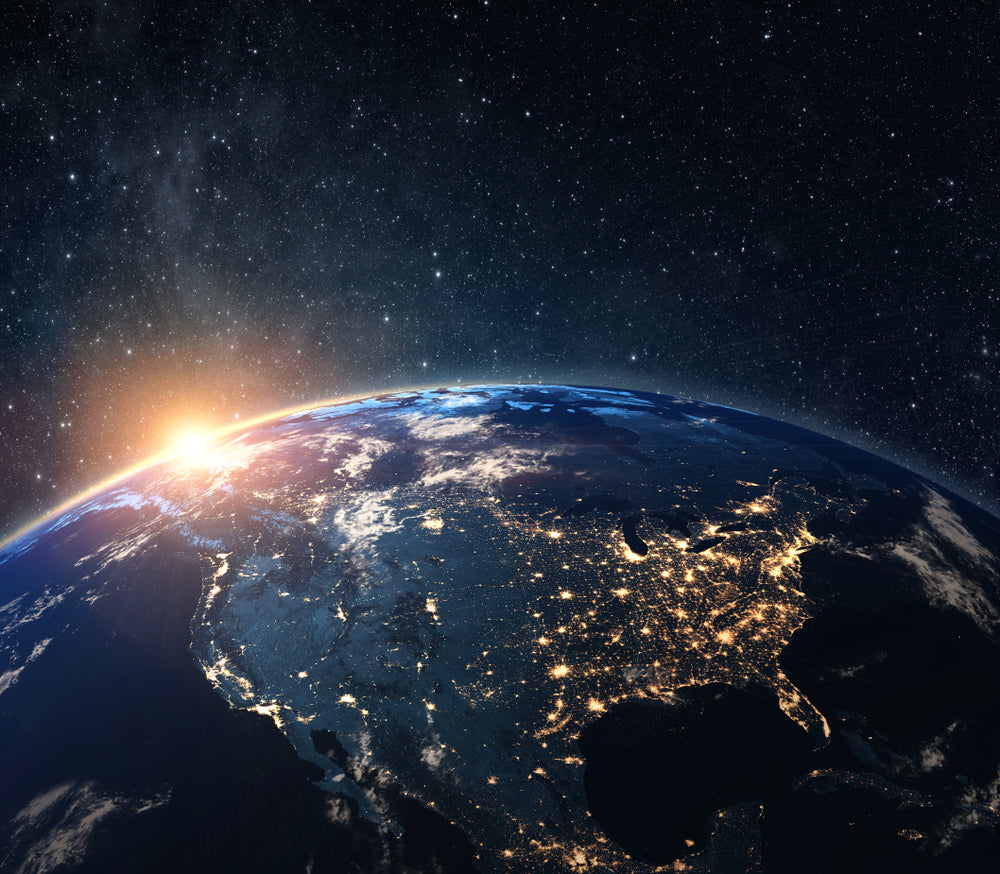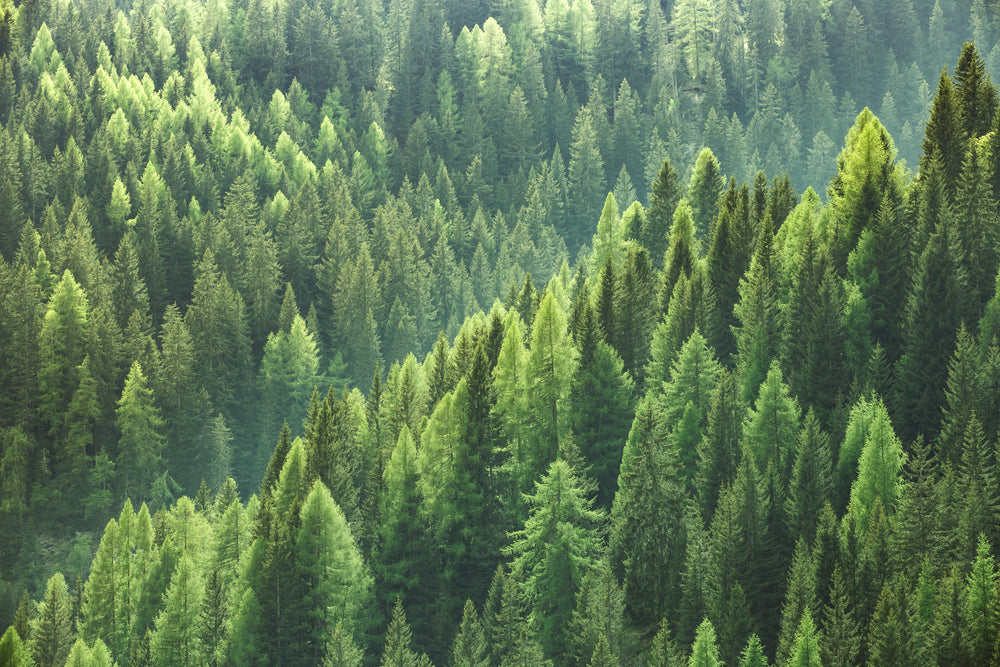1 - The ozone layer is healing
According to a recent study, the ozone layer is recovering at a rate of one to three per cent every 10 years, thanks to the 1987 Montreal Protocol, a global deal to regulate nearly 100 man-made chemicals that deplete the ozone layer. While the hole in the ozone layer remains about the size of North America, the hole over parts of the northern hemisphere is expected to heal completely by the 2030s, with full repair over the southern hemisphere and polar regions expected by the 2060s, according to the UN.
2 - China’s giant pandas no longer endangered
China is home to more than 1800 giant pandas living in the wilderness, and reports mid last year show that pandas are no longer officially endangered. Thanks to conservation efforts, they are now classified as just ‘vulnerable’. This is in part thanks to an expanded network of protected areas, covering around 18 per cent of the country.

clkraus via Shutterstock
3 - 63,000 pounds of garbage removed from the Great Pacific Patch
As you may know, the Great Pacific Garbage Patch is a massive collection of marine debris floating in the Pacific Ocean. A massive clean-up effort began late last year, with a half-mile long trash-trapping system called “Jenny” pulling out large amounts of plastic waste. Jenny made nine trash extractions over the 12-week clean-up phase, with one extraction netting nearly 20,000 pounds of debris by itself. The mountain of recovered waste arrived in British Columbia, Canada in October 2021, with much of it set to be recycled.
4 - ‘Coral IVF’ aids Australia’s Great Barrier Reef
Scientists working on the Great Barrier Reef have been using manufactured pools in a process comparable to in vitro fertilisation (IVF), moving eggs from areas of the reef where coral has been growing. These are then transferred in an effort to regenerate areas hit by bleaching or destruction from storms. The process of assisted spawning, dubbed “coral IVF”, aided the birth of billions of new coral babies this year.

Timothy Baxter via Shutterstock
5 - Species makes a comeback
Lots of species that were either previously teetering on the edge of extinction or simply vanished (thought to be extinct) saw their populations climb back or were spotted once again in the wild. Humpback whales, for example, have bounced back to an estimated 93 per cent of their original population predating modern whaling in 1830.
“I do have reasons for hope: our clever brains, the resilience of nature, the indomitable human spirit, and above all, the commitment of young people when they're empowered to take action.”
– Dr Jane Goodall.
Thanks for keeping our oceans clean and forests green!
Pure Planet Club Team




